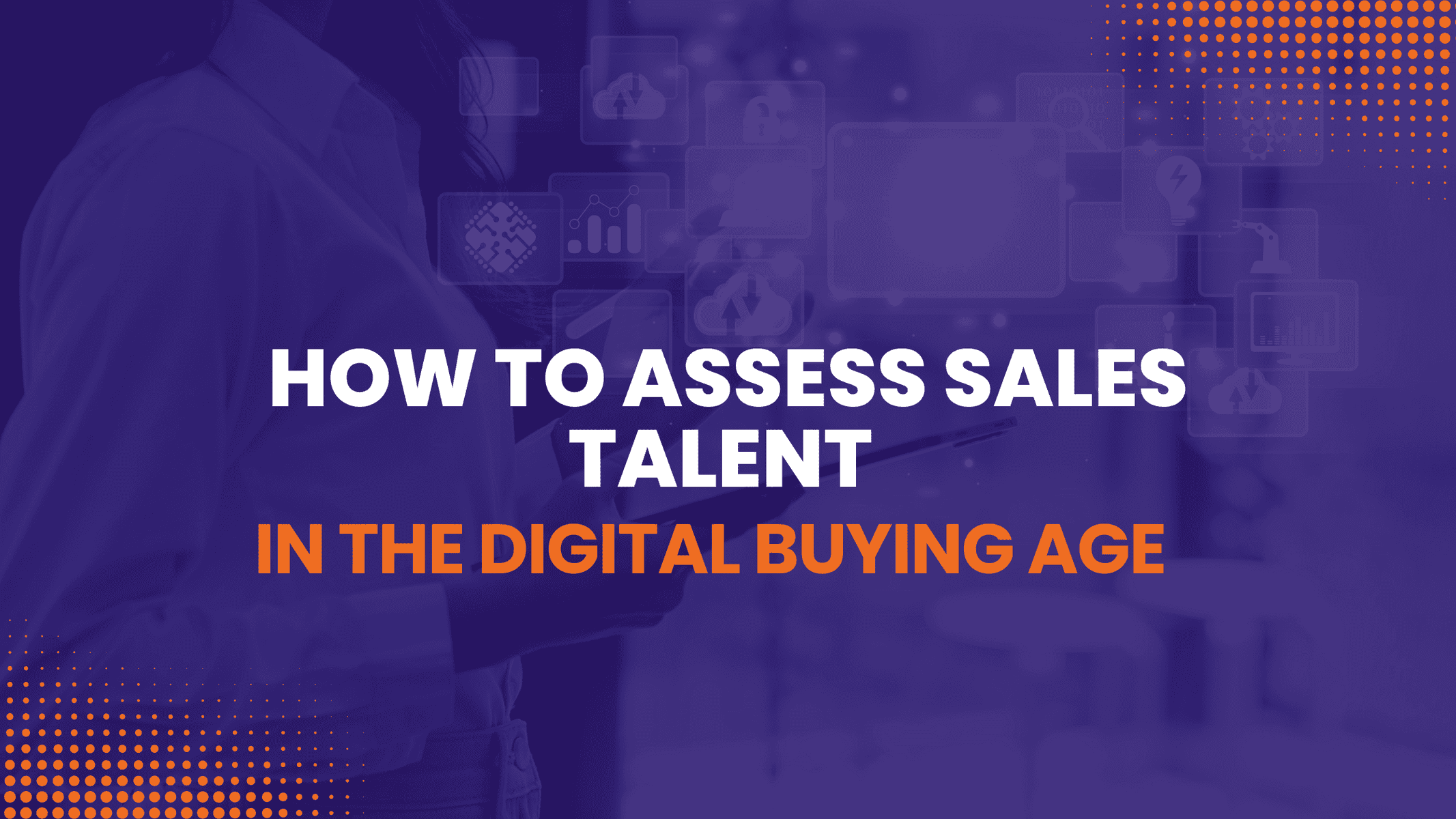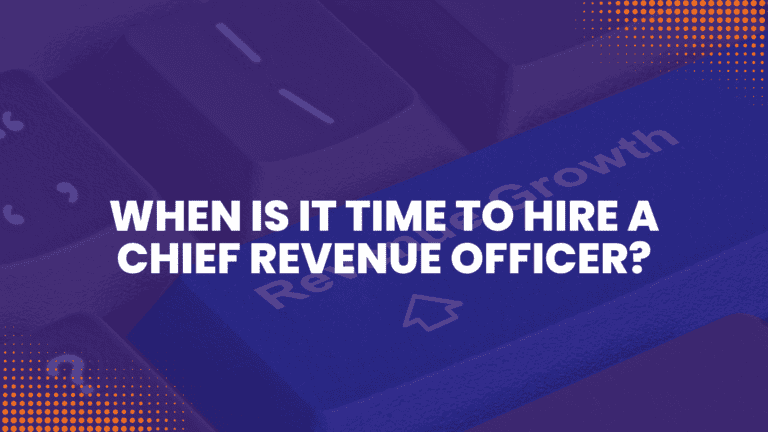Inspired by the HBR article, Sales Teams, Don’t Undervalue Face Time with Customers, by Prabhakant Sinha, Arun Shastri, and Sally Lorimer, Gartner’s Future of Sales 2030, and Forrester’s Predictions 2025: B2B Sales.
The sales profession is undergoing its most profound transformation in decades. Digital channels, AI-powered tools, and shifting buyer expectations are rewriting the rules of engagement. While technology is reshaping how organizations reach and serve customers, the human dimension remains irreplaceable.
The Harvard Business Review recently highlighted a risk in relying too heavily on digital and virtual tools: relationships can become brittle, opportunities are missed, and competitors who prioritize in-person presence quietly gain an edge. Yet the challenge is even bigger than balancing digital and in-person engagement. Gartner forecasts that by 2030, 70 percent of routine sales tasks will be automated, and 80 percent of sales leaders will treat AI integration as a critical differentiator. At the same time, Forrester predicts that more than half of million-dollar-plus transactions will soon be conducted through self-serve digital channels rather than with an account rep. The future will require sellers and GTM organizations to successfully harmonize digital efficiency with authentic human presence.
For employers, these insights converge on one imperative: rethink how you assess and hire sales talent. Résumés alone are no longer sufficient. The future belongs to salespeople who combine digital fluency, consultative skills, and the sales DNA to thrive in an environment that is at once data-driven, human-centric, and perpetually in flux.
At Talentfoot, we believe that thriving in today’s digital-first but relationship-driven buying landscape requires a structured, meticulous assessment process that evaluates not just sales experience, but also skills, leadership versatility, and underlying sales DNA. This is your guide on how to assess sales talent in today’s digital purchasing environment.
The Expanding Role of the Sales Professional
The role of the seller has always been about connecting with customers, but how that connection is forged is rapidly evolving. As the HBR authors point out, in-person interactions often surface the informal insights and casual remarks that digital channels miss—those “by the way” comments that spark discovery and trust. This is why competitors who return to face-to-face engagements often gain ground even when digital tools seem more efficient.
But sellers cannot simply return to pre-pandemic habits. Buyers are different now. Forrester highlights that Millennial and Gen Z buyers are more likely to involve large networks of external influencers in their decision-making—sometimes ten or more. They also prefer digital-first transactions and community-driven validation over traditional rep-led processes. At the same time, Gartner emphasizes that automation and AI will reshape seller roles, pushing human reps to focus on higher-order skills like empathy, strategic insight, and complex problem-solving.
In this blended world, sales professionals must wear many hats. They are expected to be digitally fluent, able to harness AI-driven insights and self-serve buyer tools without losing the human touch. They must be discovery-driven, listening deeply and asking thoughtful questions that uncover hidden needs. They must be relationship builders who inspire trust, ecosystem influencers who engage buyers’ networks, and change agents resilient enough to adapt as technology reshapes their work.
Why Experience Alone Is No Longer Enough
Hiring sales talent based solely on past experience is increasingly risky. A candidate’s track record of selling products in one environment may not translate to success in another where buyers expect both digital-first convenience and personalized, consultative engagement.
Another challenge we see is that many companies themselves do not have a clear understanding of who they are. They often hire for who they want to be while ignoring who they actually are, and this lack of self-awareness leads to costly mishires.
For example, a growth-stage SaaS company that has not yet achieved product-market fit may want to recruit a sales leader from a household name like Canva or Shopify. While those pedigrees are impressive, the reality is that an executive leaving a Tier 1, IPO-bound company with abundant resources is unlikely to succeed in a scrappier environment with limited infrastructure and uncertain traction. The same risk exists when early-stage organizations hire sales leaders from enterprise giants like Salesforce. These executives are accustomed to operating within structured, resource-rich systems, but often struggle in leaner contexts where success depends on building the playbook from scratch.
This is where a structured and meticulous assessment process provides tremendous value. It forces organizations to confront their true identity, align candidate backgrounds with their current stage of maturity, and hire leaders who can succeed in the environment they actually operate in, not just the one they aspire to become in five years.
Talentfoot’s philosophy is that experience tells only part of the story. The most predictive measures of future success are a blend of sales skills, sales DNA, and the ability to lead as both an operator and strategist.
Sales skills include competencies such as discovery questioning, negotiation, storytelling, and executive presence. These can be enhanced through training, but only if a baseline level exists. Sales DNA includes innate traits like resilience, adaptability, curiosity, and competitive drive. These determine whether a candidate will embrace change, thrive in ambiguity, and use AI tools as enablers rather than crutches.
But today’s clients expect more. They need sales leaders who are not only exceptional sellers, but also strategists, technologists, and coaches who can build and scale entire revenue organizations. The best executives combine frontline selling acumen with leadership qualities that enable them to build scalable revenue engines, leverage data and AI to optimize go-to-market execution, align sales motions with ICPs, ACVs, and customer journeys, and inspire teams to perform at their highest potential.
This multidimensional expectation of sales leaders has given rise to a new framework: The Four Dimensions of Modern Sales Leaders.
The Four Dimensions of Modern Sales Leaders
- The Seller
Modern leaders must first and foremost excel as sellers. They master the fundamentals of discovery, negotiation, and storytelling, but go beyond process. They build trust through authentic relationships in both digital and in-person settings, and thrive in high-stakes conversations that uncover opportunities competitors often overlook. - The Strategist
Leaders are increasingly asked to architect scalable revenue engines. This requires aligning sales motions with ICPs and ACVs, designing customer-centric journeys, and translating market data into actionable strategies. They are not simply chasing quotas—they are building systems that generate predictable, sustainable growth. - The Technologist
With Gartner forecasting that most routine tasks will be automated by 2030, sales leaders must be fluent in technology. They know when to automate and when to humanize interactions. They embrace AI, analytics, and enablement tools to improve pipeline visibility and go-to-market execution, while ensuring technology elevates rather than replaces the human connection. - The Coach
The best sales leaders are talent magnets. They inspire, develop, and retain high-performing teams. They create cultures of resilience and continuous improvement, equip their sellers to thrive in hybrid human-AI environments, and lead by example as mentors who elevate performance across the organization.
Together, these four dimensions define what employers should seek in senior sales hires. It is not enough for leaders to have closed big deals in the past. They must be sellers, strategists, technologists, and coaches in equal measure.
Building a Structured and Meticulous Assessment Process
Recognizing these four dimensions is only half the equation. The other half is assessing candidates against them with rigor and objectivity. A structured hiring process provides precision where intuition falls short. At Talentfoot, we integrate behavioral interviewing, competency-based evaluations, and psychometric tools to evaluate candidates beyond their résumés.
Employers should emphasize four areas when evaluating and assessing sales candidates:
- Digital fluency: Sellers must know how to use AI-enabled tools and CRM systems not just for reporting, but for meaningful engagement. Candidates who can integrate these tools while still building trust will stand apart.
- Consultative discovery skills: Opportunities often emerge in unscripted conversations. Employers must test whether candidates can move beyond scripts to actively listen, probe with curiosity, and connect disparate dots. The growing reliance of younger buyers on external networks makes this skill even more critical.
- DNA: Behavioral assessments should uncover persistence, adaptability, and intrinsic motivation. With volatility and complexity expected to intensify in the coming years, sellers with the right DNA will thrive where others falter.
- Ecosystem influence: Modern sales is no longer a one-to-one transaction. With younger buyers consulting large external networks, sellers must demonstrate the ability to influence beyond the direct buyer relationship.
When employers evaluate candidates with this lens, they can better identify whether a leader is capable of embodying all four dimensions of modern sales leadership.
Translating Research Into Hiring Practices
What does all this mean for employers? Simply put, the stakes are higher, and the margin for error is smaller. Competitors who invest in presence and relationship-building gain influence that cannot be matched through efficiency alone. Automation and AI are changing the nature of seller roles, requiring leaders to hire for adaptability and human authenticity. Buyer behavior is shifting dramatically toward digital-first purchases and community validation.
The throughline is clear: employers must evolve their hiring practices or risk building teams optimized for yesterday’s challenges. Talentfoot helps organizations meet this moment by identifying forward-thinking sales leaders who combine sales skills, sales DNA, and leadership versatility with the ability to thrive in a hybrid, AI-augmented future.
By rigorously assessing candidates on these dimensions, organizations can build sales teams that not only deliver results today, but also remain resilient as the sales landscape continues to transform.
Final Thoughts
The future of sales is neither purely digital nor purely human. It is hybrid. Competitors who show up in person often gain advantages that virtual interactions cannot match. Yet success also depends on digital sophistication, ecosystem influence, and the ability to lead teams through change.
Employers must rise to this challenge by going beyond résumés. They must demand structured evaluations of sales skills, DNA, and leadership versatility. The leaders of tomorrow will be those who can bridge digital efficiency with authentic human connection, influence not only buyers but their networks, and navigate a future where AI and humanity work side by side.
In doing so, organizations will create sales teams that are not just prepared for today’s digital buying age, but resilient enough to thrive in the disruptive decades ahead.




